Concrete slab cracks are caused by settlement, heave, temperature changes, and moisture intrusion. Structural cracks require professional repair, while non-structural cracks can be addressed with methods like epoxy injections or polymeric patching compounds. Early detection is key; regular inspections identify minor cracks that may signal structural weaknesses. Proper crack evaluation determines the severity and best repair method: non-destructive for minor cracks, destructive for severe cases involving cutting and replacing damaged areas. When selecting a contractor, prioritize experience, modern techniques, high-quality materials, warranties, and transparent estimates. DIYers can handle small cracks with epoxy or patching compound but should consult professionals for wider or deeper cracks, structural damage, water intrusion, or recent slab defects. Regular maintenance, including inspections and preventive measures, extends the lifespan of crack repairs.
“Concrete slab cracks can range from harmless aesthetic issues to serious structural problems. Understanding crack types, causes, and early detection is crucial for effective crack repair. This article guides you through the process, from identifying common crack repair methods to choosing the right contractor or even doing it yourself. Learn about severe damage assessment, preventive maintenance, and when to call in professionals for reliable crack repair solutions.”
Understanding Concrete Slab Crack Repair: Common Causes and Types of Cracks
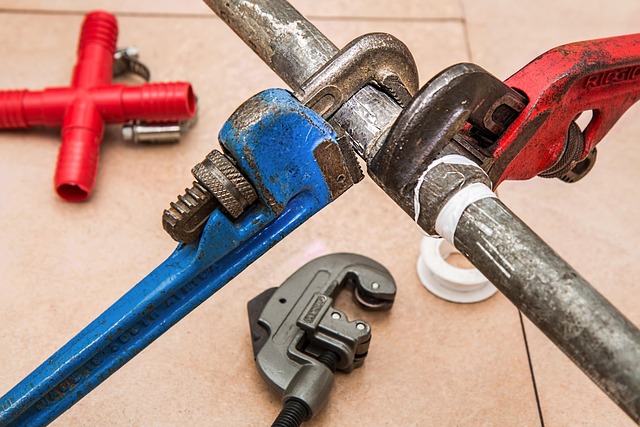
Concrete slab cracks can range from thin hairline fractures to wide, deep gaps, and understanding their causes is key to effective crack repair. The most common reasons for concrete slab cracks include settlement, heave, and movement due to changes in temperature or moisture levels. Settlement occurs when the soil beneath the slab compresses, pulling the slab downward. Heave happens when ground water expands, pushing the slab upward. Temperature fluctuations cause concrete to expand and contract, leading to cracking if not properly designed for movement. Moisture intrusion can also contribute to cracking by weakening the concrete through chemical reactions.
Cracks can be categorized into several types, each requiring a specific approach for crack repair. Structural cracks, often wider and more severe, indicate potential instability in the slab. These are typically caused by settlement or heave. Non-structural cracks, including hairline fractures and diagonal cracks, usually result from minor movements and environmental factors. Fissures that run parallel to joint lines are commonly related to construction issues or improper curing. Addressing crack repair involves assessing the type and severity of the crack, preparing the surface, cleaning out any debris, and applying appropriate repair materials like epoxy injections or polymeric patching compounds to prevent further damage and ensure long-lasting stability.
The Importance of Early Detection in Concrete Slab Crack Repair

Early detection plays a pivotal role in effective concrete slab crack repair. Neglecting to identify cracks early can lead to further damage and costly repairs as they indicate potential structural weaknesses. Regular inspections, especially in older structures or areas prone to settlement, are essential to catching these issues before they escalate. Property owners and managers should be vigilant for even the smallest cracks, as they can signal a variety of problems, from foundational shifts to moisture intrusion.
Timely intervention is key. Addressing cracks promptly through professional crack repair methods like routing, cleaning, and filling can prevent their expansion, thereby preserving the integrity of the concrete slab and surrounding structure. This proactive approach not only saves money in the long run but also ensures the safety and stability of the property.
Evaluating Damage: Assessing the Severity of Concrete Slab Cracks

When it comes to concrete slab repair, evaluating damage is a crucial first step. Homeowners or property managers should closely inspect the affected area to assess the severity of cracks. These cracks can range from mere hairline fractures to deep, wide gaps that compromise the structural integrity of the slab.
The assessment should consider both the size and pattern of the cracks. Small, superficial cracks might only require cosmetic repairs, while larger cracks could indicate more serious issues. If the crack is wider than 1/4 inch or follows a diagonal or radial pattern, it may signal structural damage that demands professional attention for effective crack repair.
Methods for Concrete Slab Crack Repair: Non-Destructive vs. Destructive Techniques
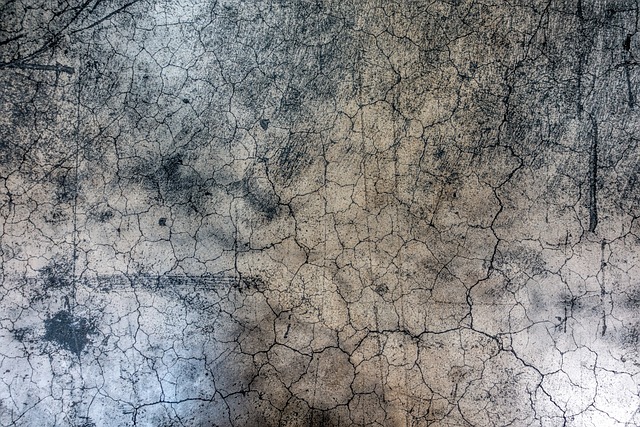
Concrete slab cracks can be a structural concern, leading many homeowners and property managers to seek effective crack repair solutions. When it comes to repairing concrete slabs, contractors often employ two distinct methods: non-destructive and destructive techniques. Non-destructive methods are ideal for minor cracks as they involve no physical removal of the slab. This includes techniques like injection molding or filling the crack with a flexible sealant, which enhances the structural integrity without causing damage.
On the other hand, destructive crack repair is necessary for more severe cases where the crack has already compromised the slab’s strength. This method involves removing the damaged portion of the concrete slab, often through cutting and chipping, to create a clean surface for repairs. After preparation, contractors can pour fresh concrete or use fiber-reinforced composites to restore the slab, ensuring longevity and structural stability.
Choosing the Right Concrete Slab Repair Contractor: Factors to Consider
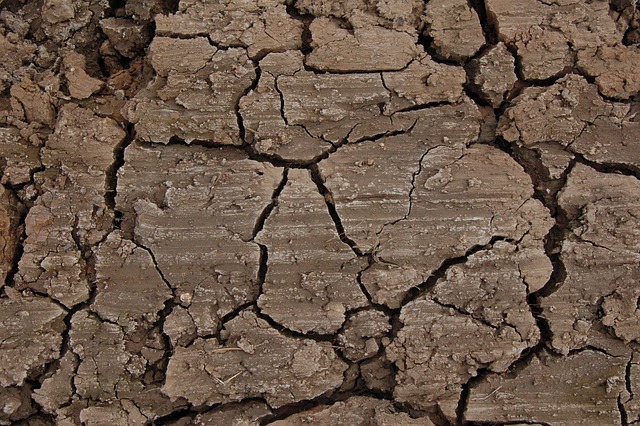
When choosing a concrete slab repair contractor, it’s crucial to consider several factors to ensure top-notch work and lasting results. First, verify their experience and expertise in crack repair, ensuring they have a proven track record of handling various slab issues. Reputable contractors will have worked on projects similar to yours, so check online reviews and ask for references to gauge their performance.
Additionally, confirm the contractor’s use of high-quality materials and methods. Modern techniques and products are designed to prevent further damage and promote longevity. Ask about warranties or guarantees, which can give you peace of mind and protect your investment. A good contractor will also provide a detailed estimate, clearly outlining costs, scope of work, and timelines, ensuring there are no hidden fees or surprises down the line.
Step-by-Step Guide: How to Fix a Cracked Concrete Slab Yourself

Cracked concrete slabs are a common issue, but repairing them yourself can be a cost-effective and satisfying project. Here’s a step-by-step guide to help you tackle this task. Begin by preparing the area around the crack; remove any debris or loose material using a wire brush or chisel. Next, clean the crack thoroughly with water to ensure proper adhesion for your repair materials.
For small cracks, epoxy injection is a great option. Apply a small amount of epoxy into the crack using a syringe or pump, making sure it fills the entire length and width. Allow the epoxy to cure completely according to the manufacturer’s instructions. Once cured, you can use a concrete sealer to protect the repair area from future damage. For larger cracks, consider using a concrete patching compound, applying a thick layer over the crack and smoothing it out for a level finish.
When to Call in the Pros: Situations Requiring Professional Concrete Slab Repair
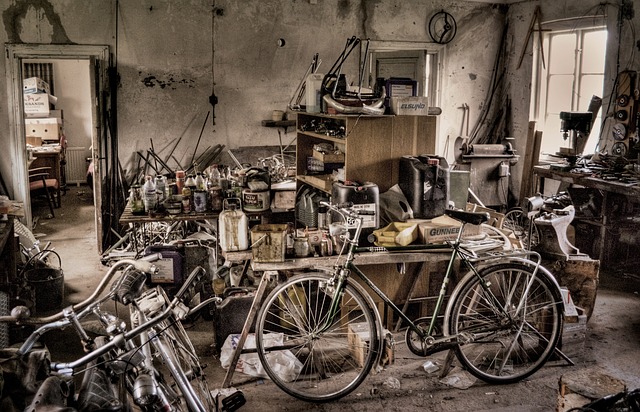
If you notice small cracks in your concrete slab that are less than 1/4-inch wide, it’s likely just normal shrinkage and doesn’t require immediate attention. However, when cracks start to widen or become deeper, or if you observe signs of structural damage like uneven floors or doors that stick, it’s time to call in the pros. Professional concrete slab repair contractors are equipped to handle more severe crack repairs and prevent them from escalating into costly foundation issues.
Another indicator that professional help is necessary is if your concrete slab has suffered water damage. Water can cause significant erosion and weaken the structure over time, leading to larger cracks and uneven surfaces. Also, if your slab was recently poured and has developed noticeable defects within a few months, it might be due to improper installation or curing, requiring expert intervention for effective crack repair and long-term stability.
Maintenance and Prevention: Ensuring Longevity of Repaired Concrete Slabs
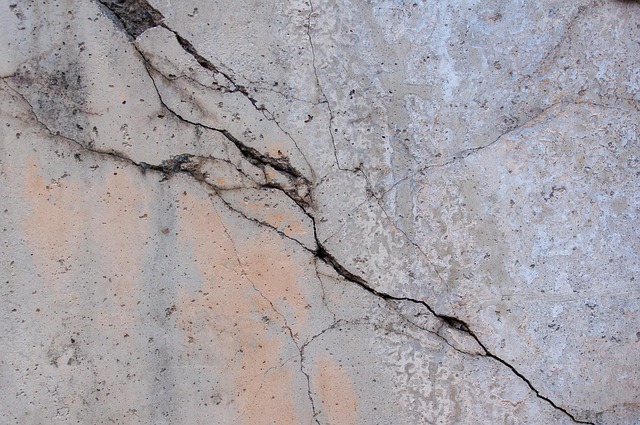
Regular maintenance and preventive measures are crucial in ensuring the longevity of repaired concrete slabs. After a crack repair, it’s essential to inspect the slab periodically for any signs of new cracks or damage. This proactive approach allows for early detection, preventing small issues from becoming major problems.
Implementing preventive strategies like proper drainage systems, avoiding excessive moisture, and applying protective coatings can significantly extend the life of concrete slabs. By addressing these factors, contractors and property owners work together to maintain the structural integrity of repairs, ensuring safety and stability for years to come.
